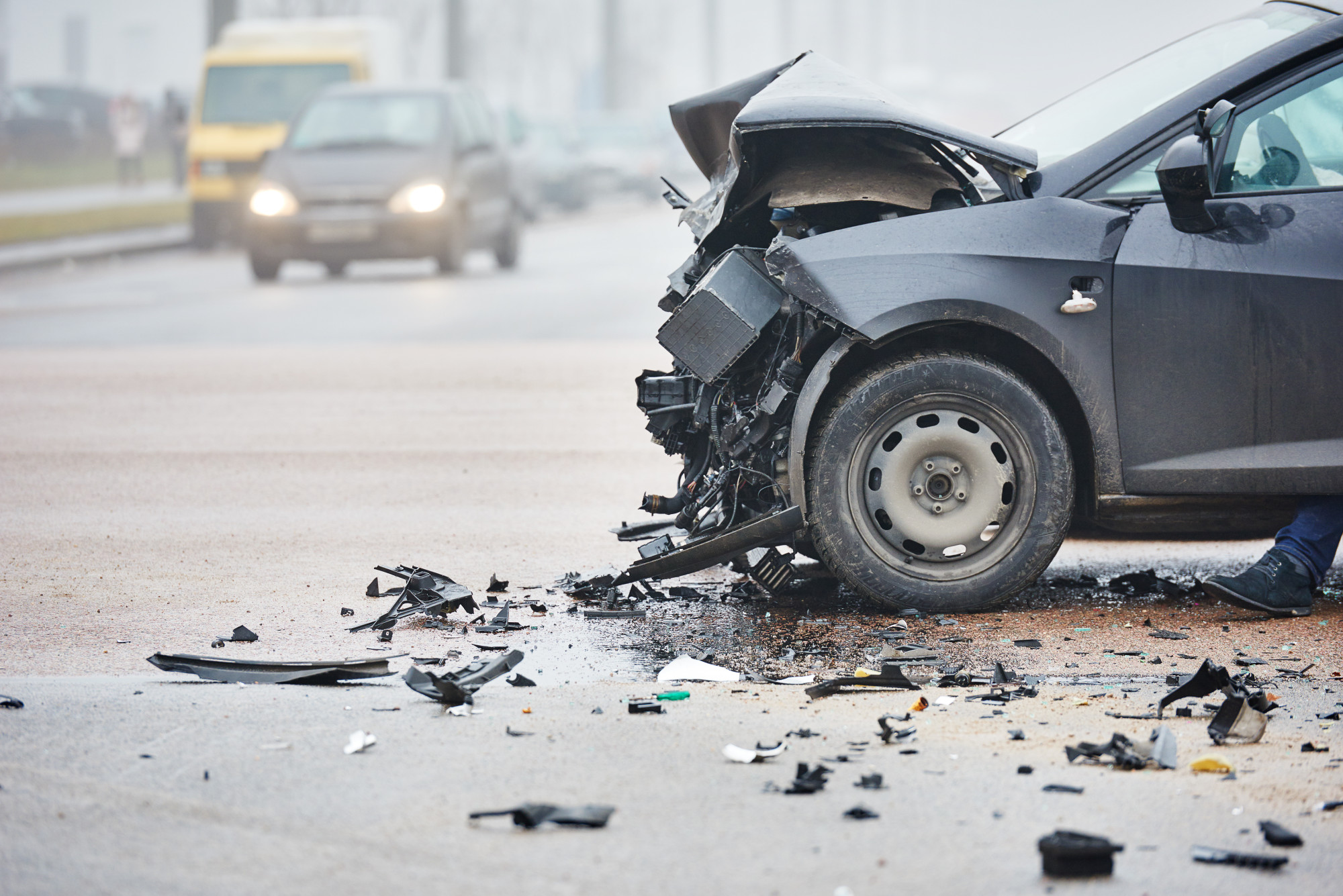Stay Safe on the Road: 8 Top Causes of Car Accidents
According to the Insurance Institute for Highway Safety, there were over 33,000 fatal car crashes in America in 2018. Accident avoidance is an important way to save lives.
Simply becoming more aware of what causes most car accidents can help you to avoid getting into one, yourself. You can raise your awareness of what not to do as well as when to take more precautions.
So, what are the top causes of car accidents?
Read on to find out the 8 errors that most frequently lead to car accidents.
1. Distracted Driving
Distracted driving accounts for almost 30% of all accidents and is becoming a bigger problem every year. What exactly is distracted driving? Distracted driving refers to any driving during which your eyes are not on the road or you are mentally distracted.
This includes texting, turning to your passenger to speak, or staring at the radio while you adjust the dial. It also includes driving while exhausted or anxious. If you are behind the wheel, you should be watching the road as well as the cars around you and you should keep your mind attuned to the situation.
2. Driving Under the Influence
Drunk driving, in particular, is one of the leading causes of accidents, but it’s worth mentioning driving under the influence, too. You are considered to be under the influence if you have taken illegal drugs or taken a prescription that advises against operating heavy machinery.
Remember that plenty of ways to avoid driving while drunk or on drugs. Ask a sober friend for a ride, call a taxi, or use a ride-sharing app, instead.
3. Speeding
Speed limits are designed to keep everyone on the road moving at around the same speed. They are also designed to ensure that you are driving at a speed that is appropriate to the road, in question. Speeding does not give you time to react appropriately to changes in the road or drivers around you.
4. Reckless Driving
While excessive speeding falls under the category of reckless driving, there are other types of driving that also qualify. For example, changing lanes quickly and without the use of a turn signal is considered reckless driving. Weaving, drifting, and driving down the road in the wrong direction are also signs of a reckless driver.
5. Driving in the Rain
Driving in the rain can cause accidents for a number of reasons. In the first few minutes of rainfall, any oil residue creates a slick on the surface of the road. Plus, rain is disruptive to your visibility.
In order to drive safely in the rain, consider slowing down and avoid braking or accelerating quickly. Always turn on your lights and pull over if the rain is too hard for you to see the road or other drivers.
6. Running Stoplights
Like speed limits, stoplights are designed to give drivers a communal sense of when it is safe to drive. If you come to a red light and continue driving, you are running the risk of getting T-boned or T-boning another driver, yourself. If you are too far from a yellow light to make it before it turns red, roll to a stop rather than hitting the gas and flying through the intersection.
7. Driving at Night
Once again, we’re dealing with a visibility issue. Driving at night can make it difficult to see other cars, signs, or potential hazards.
Always make sure that you have your lights turned on while driving at night. If you are on a rural, dimly lit road, you may want to use your hazard lights to ensure that you can see the road before you and the areas on either side of you. Back roads tend not to have streetlights and here is where you’re most likely to encounter wild animals like deer.
Remember, stay alert for other vehicles when using your hazards. If you come into another driver’s range of visibility with your lights blaring, you risk inflicting temporary blindness onto that driver. Return your headlights to standard lighting as soon as you see approaching headlights or taillights.
8. Tailgating
No matter how fast or slow you’re going, you should always maintain a safe distance between the car in front of you and your bumper. A good rule of thumb is to stay about 14 or 15 feet back, which is about the length of an average car.
If you’re tailgating someone, even in stop-and-go traffic, you are not giving yourself the room to react to sudden changes. For example, if someone slams on the breaks and you’re only a few inches away, you’re not going to have enough time or space to safely break, yourself.
If you’re in a situation where someone is tailgating you, try to move over into the right lane if possible. If there is not another lane to pull into, gently tap your breaks and lower your speed little by little. That way, if a sudden change does occur, the driver behind you isn’t moving as fast and can hopefully react in time.
Avoid Becoming a Statistic by Knowing the Top Causes of Car Accidents
Car accidents are almost always preventable. Keep your mind and eyes alert, abide by the rules of the road, and know the top causes of car accidents. If you know what can happen, you can prepare yourself and avoid these kinds of accidents altogether.
Did you find yourself in a fender bender and need some car repair information? Check out our website! We’ve got all the information you’ll need.


